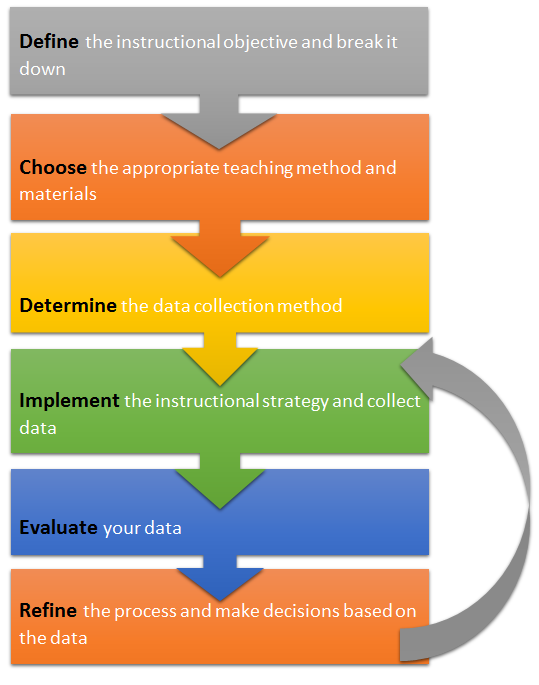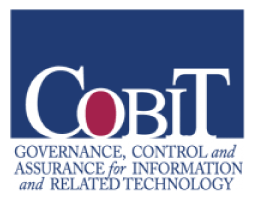What is Systematic Instruction?
Systematic instruction is an evidence-based method for teaching individuals with disabilities that spans more than 50 years.
It incorporates the principles of applied behavior analysis and allows for educators to teach a wide range of skills, including everything from academic to functional living skills.
Why is Systematic Instruction important?
Systemic instruction involves breaking a skill down into individual components so that students can learn it more easily. This approach helps students understand what they need to do to complete a task or achieve a goal.
How to implement Systematic Instruction
Data collection also ensures that this method of teaching is effective and results are measurable. To better understand the importance of systematic instruction, let’s break it into steps:
Step 1: Define the instructional objective
It is wise to identify your objective first and then break it down in to a single step or a chain of steps to complete. You should also review students’ prior learning history, preferences, or prerequisites skills that might assist in obtaining the skill.
Step 2: Choose an appropriate teaching/prompting strategy and materials
This will allow students to complete the skills or steps in the chain. If you know that a student is having difficulty with instruction in a particular lesson, as an educator, you should find a way to teach or prompt them through the process to eventually get to the instructional objective and complete the skill on their own.
Ask yourself: What instructional strategy might support me in prompting or teaching my student to complete this skill? You should also consider how you will fade out teaching prompts over time and support your student so they can become independent learners.
Step 3: Determine the data collection method
This will allow you to evaluate how well your students are doing over instructional trials and whether they are gaining independence over time. You should make sure that the evaluation method is sensitive enough to pick up on how students are progressing in becoming independent and performing the skills necessary for their success.
Step 4: Implement the instructional strategy and collect data
This step ensures that educators are implementing strategies designed for success and that, even though variations are inevitable, all individuals teaching the skill are implementing them in a similar way.
It is imperative that you also determine an appropriate reinforcement strategy. So many students have a negative experience when it comes to learning. You can make learning fun by reinforcing the benefits of correct skill usage and support students along the way. After that, you should aim to fade prompts and scale back until students become independent.
Step 5: Evaluate your data
You should do this to find out whether the strategy you are using to teach a skill is effective and whether there is an increase in student comprehension or capability. If there is a positive trend, then continue to implement the same instructional strategy. If the trend is flat or variable (meaning it jumps up and down) you should reevaluate the data to determine if the instructional method will be effective in the long term.
Step 6: Refine the process and make decisions based on data
You should always take the results you are seeing in your data into consideration when determining whether you should adjust your instructional strategies. If the instructional objectives were attained, then determine the next step of your instruction.
If the instructional objective was not obtained, then you must determine what you need to change, any additional materials required and if there is an inconsistency in the implementation of the instructional strategy. Occasionally, you might discover the instructional method you’re using needs to be broken down into a simple steps or that you need to teach a prerequisite skill prior to teaching a learning objective.
Systematic instruction is a great way to show that any student can learn. Educators are also responsible for breaking skills down to help students learn, no matter their challenges. Discovering and utilizing the power of systematic instruction can ensure that educators everywhere are helping students at every grade and level.
How can Systematic Instruction benefit educators?
Systematic instruction is a great way to show that any student can learn. Educators are also responsible for breaking skills down to help students learn, no matter their challenges. Discovering and utilizing the power of systematic instruction can ensure that educators everywhere are helping students at every grade and level.
Contact us today to learn how systematic instruction can enhance your teaching methods and your students.











